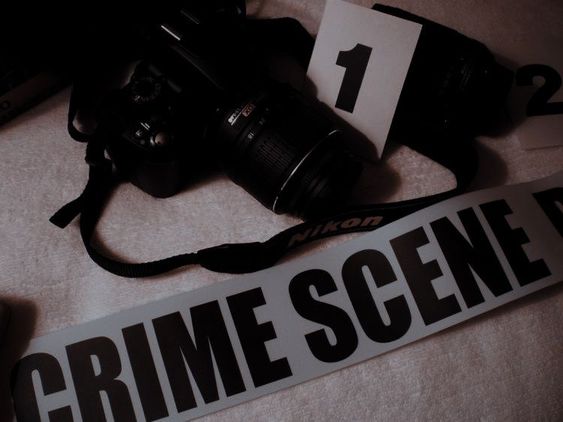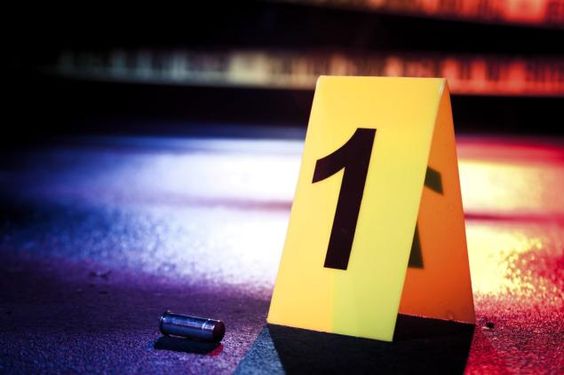If you are a photographer and you think you have captured images of all kinds forensic photography will surprise you, because being a forensic photographer is A fundamental part of the investigation of the crime, it is necessary to be very careful and observant when taking this type of photography and above all a lot of professionalism.
Not many photographers incur this type of photography as they have to take You take out of the ordinary, but if you think that forensic photography may be for you, in this article you will find how to get started in crime scene photography.
What is forensic photography?
Forensic photography is responsible for documenting and keeping a record of the crime scene and all the evidence and indications that may be useful to be Used later as evidence of crime, photographing scenes, people, objects, subject to expert investigation are the most frequent images.
The general objective of forensic photography is to fix the elements and the site where the evidence was located, as well as the characteristics of each documented element,
In forensic photography you can implement the macro photography or macro photography , in the event that small objects have to be photographed for analysis, such as bullets, coins, and small signs that are not perceptible to the naked eye. Infrared and ultraviolet photography is also used, since the change in lighting helps to see alterations or hidden signs between things.
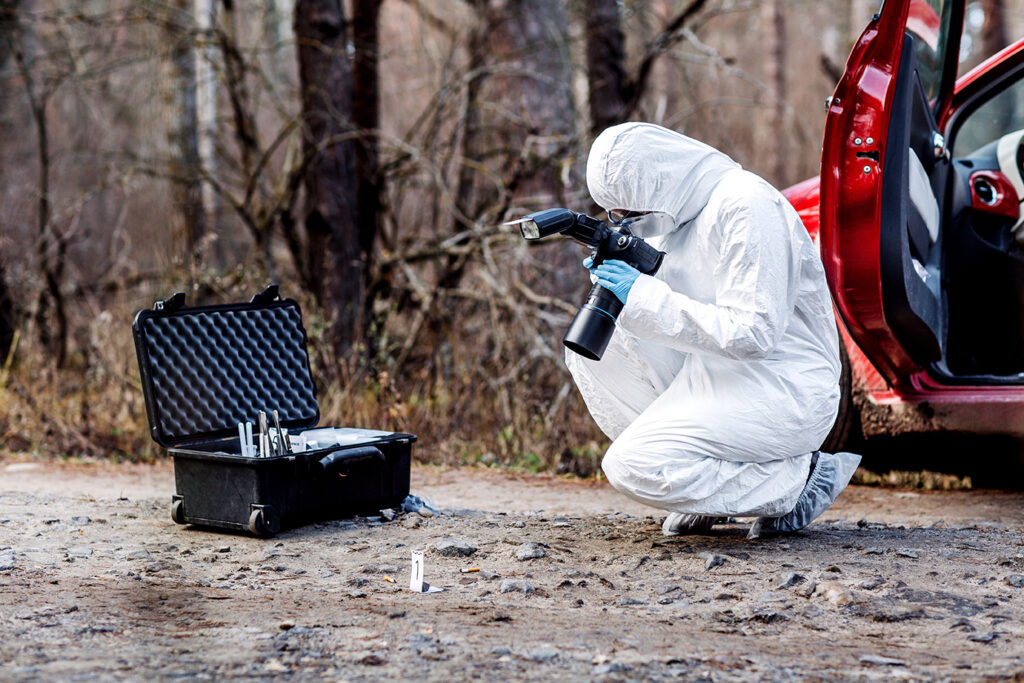
Background of the forensic photography
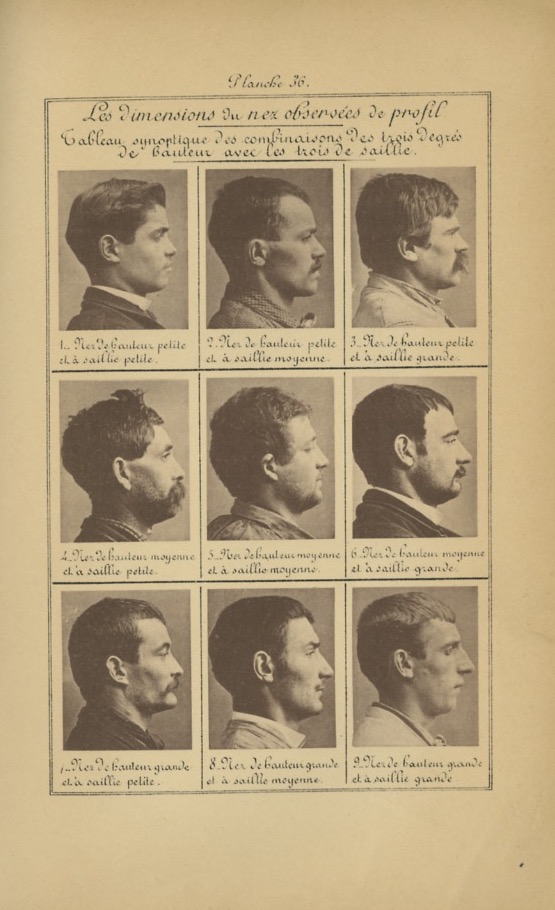
Alan Pinkerton in 1866 became the first Chicago detective and introduced the use of photography in his investigations, photographing detained people as a method facial recognition, which made it the beginning for the emergence of this type of photography.
Alphonse Bertillon uses photography as a resource to document what happened at an investigation site or crime scene.
With the evolution of photography , and the emergence of color photography, it becomes a better option to use this resource, since now you can better appreciate the elements and characteristics of those involved, signs and the place.
For the year 1884, the parameters to be followed for photographing detained persons for identification purposes were established. Later in 1859, photography was officially used for the first time as evidence of a process in North America.
The FBI in 1935 developed an internal photography department specialized for the documentation and photographic record for investigative cases.
Types of forensic photography
Forensic photography is carried out for the purpose of investigation and analysis in order to clarify everything that happened at the crime scene. Forensic photography documents and preserves all evidence to be analyzed and all forensic photographs are interrelated.
Forensic scientific photography
These photographs should provide useful and necessary information to forensic scientists in order to be subject to analysis since not everyone can go to the scene, For this reason, the photographic resource is used so that all those who participate in the investigation can start from the same information collected and can analyze it as many times as necessary.
This type of photography requires good quality, sharpness and focus, the balance of colors is very important to avoid an alteration in them and resemble the crime scene as closely as possible.
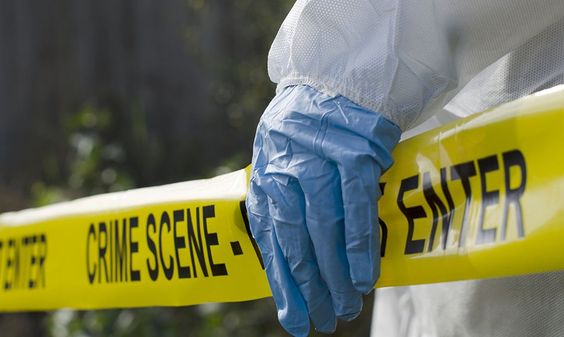
Forensic judicial photography
When the crime case goes to trial, forensic photography can be used as legal evidence , the judge, jury, attorney and witnesses can make use of forensic photographs for their legal references.
The photograph was initially true evidence but currently this type of photograph undergoes scientific validation which verifies that the photographs have not been digitally manipulated.
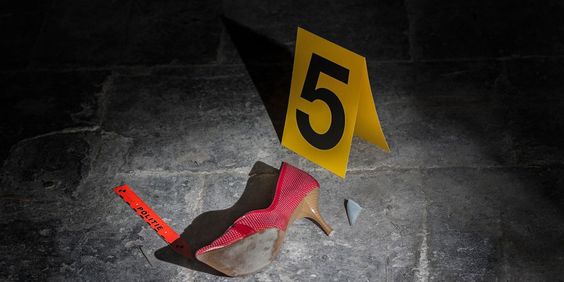
Forensic preliminary photograph
This type of forensic photography should take pictures of the crime scene and its surroundings as long as it is a fundamental part of the investigation, this collection of photos will help make reference to where and how the crime happened.
The preliminary forensic photography must be taken as soon as possible so that the crime scene is not altered, manipulated, or before the evidence is lost or deteriorated and can be documented and logged .
What does a forensic expert photograph?
As a forensic photographer you have to be very observant to know which photograph will be useful and helpful in the investigation, however the most frequent photographs are:
People
That person who is subject to investigation must be photographed for investigation and registration, if there is a victim within the investigation scenario, they will also have to be photographed using different shots, such as general and individual plans.
Objects
All objects that are an indication and are involved in a sinister or crime scene, will also be photographed in the place where they were found and later individually with help of the metric witnesses to have a better reference to the object.
Marks
Since people are involved, the marks to be photographed can be footprints, fingerprints or any visually registered mark that can help clarify what happened.
Scenarios
The scene, scenario or place of the events is called the environment where the site under investigation happened by accident or sinister, this site has to be photographed with general plans to have a reference of the whole environment.
Forensic photographer
The forensic photographer needs to be accredited as an expert and be an expert in the field as well as have solid knowledge of photography since being a forensic photographer requires having good control over the camera, taking photos with great clarity, focus, color balance and without lending itself to interpretation, this to be able to be examined by other areas and forensic experts and that all can depart from the same information point.
The expert in photography or forensic photographer , is one who uses photography as a resource to aid forensic science , making a methodological record of the place or scene of the crime, the evidence, people, and everything that is related or subject to the investigation. A photography expert is a person qualified to provide information to the expert areas that require it.
A forensic photographer has to be very careful when carrying out their work so as not to alter or damage any element within the crime scene, The forensic photographer also supports and takes photographic shots in the necropsy photographing signs, findings and particular signs found on the body, all these shots will serve as graphic support for the identification of the unrecognized bodies.
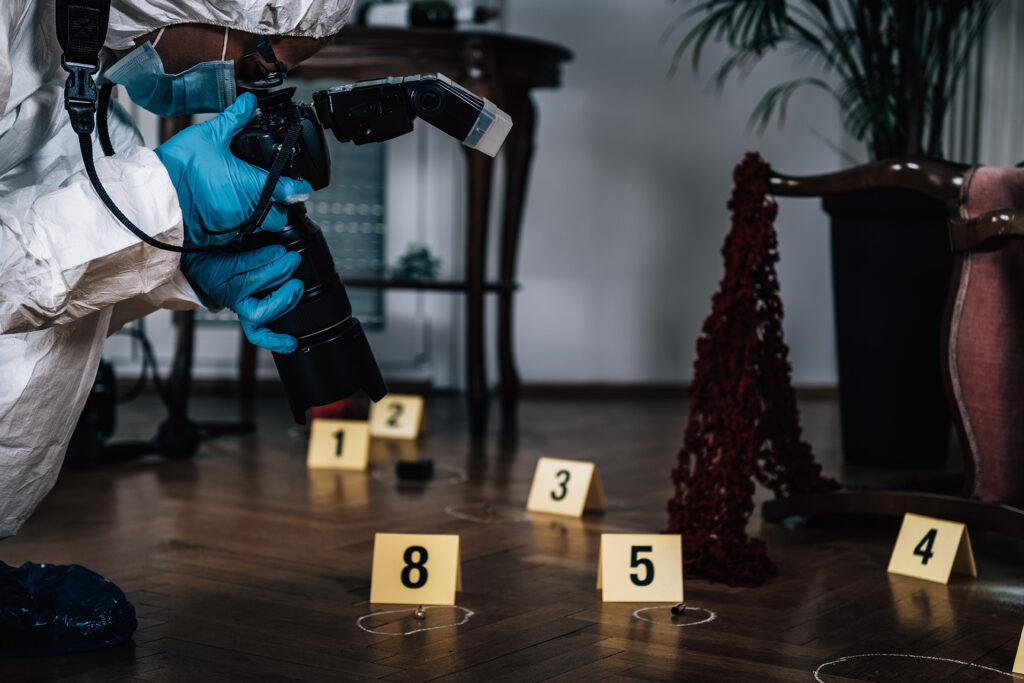
Equipment for photography forensic
To do your job as a forensic photographer you always need to be very well equipped because scenes and scenarios always They are different so you should be prepared for any photographic problem that arises.
The call to the forensic photographer can be to work at noon or at midnight, you will have to travel to the scene, so it is essential not to forget any article or element of your team to carry out your work.
Camera
You need a camera that works manually, you will depend a lot on the control over the aperture, speed, ISO, since the work of forensic photographer is It is done at different times, that is, you may have to photograph in the early hours of the day, at noon or at night or at dawn since it will always depend on when and where the events take place.
Lens
A macro lens is necessary for smaller clues that require more detail, such as objects used in the crime, such as bullets, cartridges, sharp weapons etc. A wide angle will help you in small places and that in a single shot you can record most of the scene.
A lens with different focal lengths will help you document the general shots of the scene and take different photographic planes always from the outside in, starting from the general to individual.
Plugins
Having a flash will help you in the hours of the night when you do not have natural light, carrying an infrared and ultraviolet lamp will be of great help to see those hidden elements with light An extra would be to have the help of a drone to take aerial shots and cover the entire scene and understand the environment well if it happened in an open place.
The photographic expert equipment is essential for the photographs, as are the markers, and metric witnesses, the metric witnesses are of great help to have a reference of the size of the registered objects , and hint markers maintain an order and sequence of elements.
Clothing
When taking forensic photography you must wear the appropriate clothing, the use of latex gloves to be able to manipulate the objects and not leave fingerprints, shoe covers to avoid leaving additional marks to those involved, mouth covers and safety glasses, a biosafety suit, and a cap to avoid contamination of the scene.
